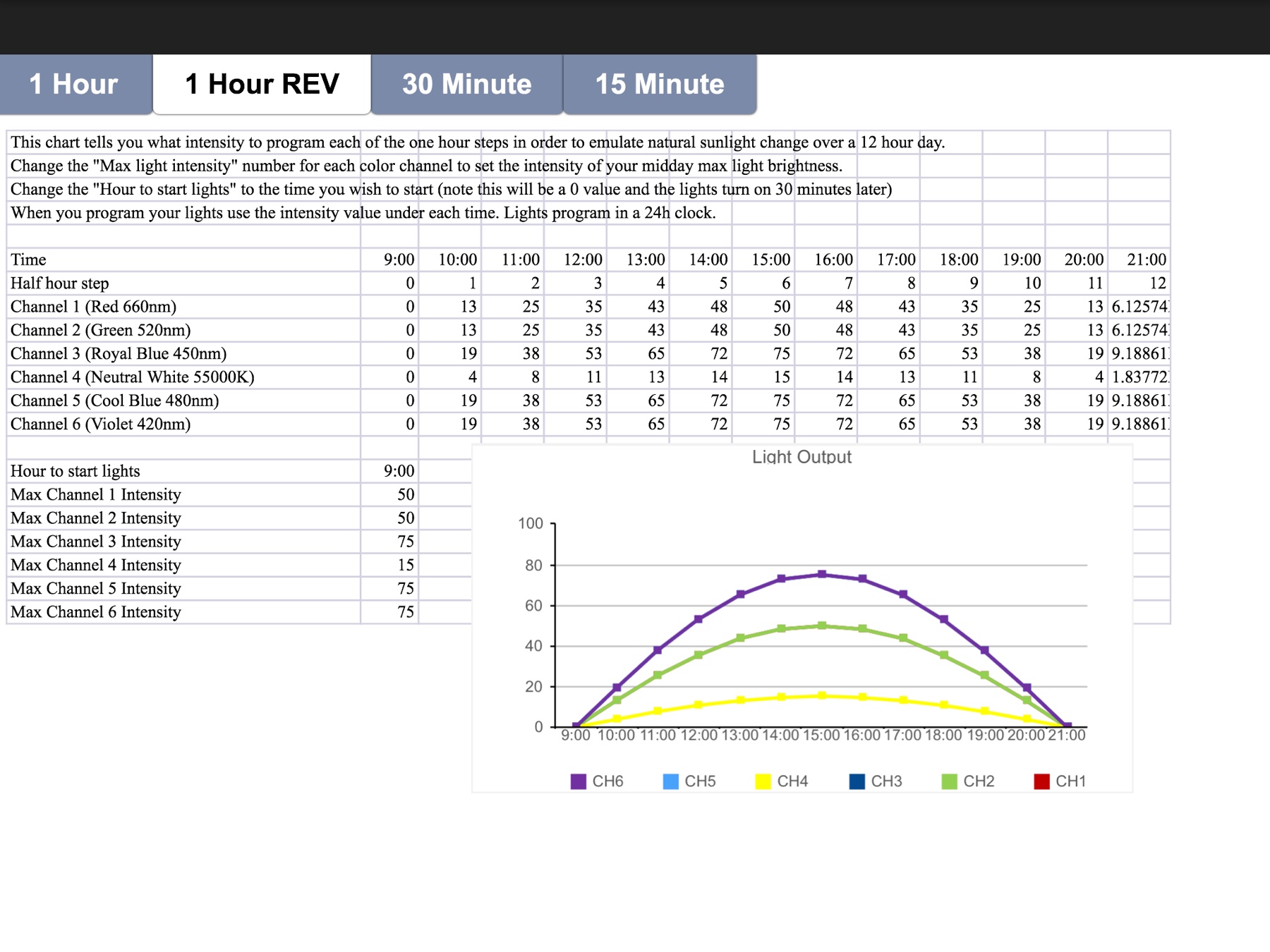Hey Everyone,
I get asked a lot about color recommendations for reef tanks. We designed our layout to be pretty balanced, but I find a lot of our customers choose to run the blue channels (3, 5 and 6) much higher than the white channel (4). This question goes for the V2 and the older models, too. What do you run your blues at in relation to your white channel?
The answer is formatted as a ratio of White:Blue, so 40:60 is 40White:60Blue for example. We were gonna ask this by kelvin rating, but I find that to be largely subjective and hard to measure.
Answer the poll and compare answers in the thread below!

Photo Credit Ron from FL
I get asked a lot about color recommendations for reef tanks. We designed our layout to be pretty balanced, but I find a lot of our customers choose to run the blue channels (3, 5 and 6) much higher than the white channel (4). This question goes for the V2 and the older models, too. What do you run your blues at in relation to your white channel?
The answer is formatted as a ratio of White:Blue, so 40:60 is 40White:60Blue for example. We were gonna ask this by kelvin rating, but I find that to be largely subjective and hard to measure.
Answer the poll and compare answers in the thread below!
Photo Credit Ron from FL










